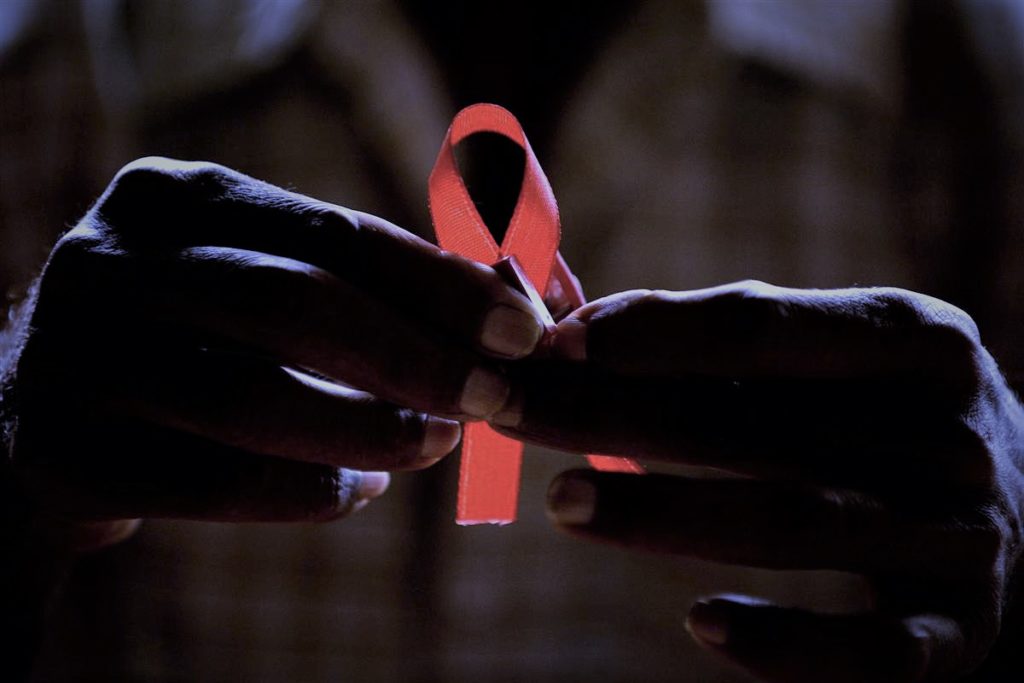World AIDS Day – a mixed bag of hope and despair for India

The Global Burden of Disease (GBD) Study, 1.96 lakh new HIV infections were reported in India last year
Being the third largest population in terms of HIV positive cases, India is still fighting social taboos despite various forms of awareness programmes.
The world observes Global AIDS Day on December 1 after the World Health Organisation (WHO) designated the day on 1988 as an attempt to spread awareness about the pandemic disease. India, with an estimated 2.1 million people living with HIV, has high hopes of putting a million infected on anti-retroviral treatment (ART) and yet, there are ambiguities with the government’s commitment to tackle the deadly disease.
India’s stand deemed ambiguous
What still remains a matter of comprehensive understanding is that the only treatment to HIV/AIDS is prevention. It’s been a while that the civil society organisations have been complaining that the government – especially the finance ministry – has failed to comprehend this ground reality. However, a larger cause of concern is the HIV/AIDS (Prevention and Control) Bill 2014, which is slated to be a major point of discussion in the Rajya Sabha’s current session.
The “as far as possible” clause inserted in Section 13 of the bill casts a shadow over the government’s responsibility to provide “diagnostic facilities relating to HIV or AIDS, anti-retroviral and opportunistic infections management to people living with HIV (PLHIV) or AIDS”. The lawyers who helped draft the bill and public health workers fear this ambiguity will provide the government with an escape route whenever they have to be held accountable for the lack of necessary healthcare.
What comes as a solution is still to be seen, but yesterday, the Health Minister of India, JP Nadda launched an innovative NACO mobile application on the occasion of World AIDS Day. India, he said, is in a position to end the HIV/AIDS epidemic by 2030. “I am proud to announce the attainment of a milestone in initiation of treatment of the millionth person with free ARV drugs. As promised last year, third line ART is now available free under the ART programme,” he added.
Awareness campaign proliferation
In India, the states with highest HIV prevalence rates are Maharashtra, Andhra Pradesh, Karnataka, Manipur, Mizoram and Nagaland. In 1992, India’s first National AIDS Control Programme (1992-1999) was launched, and National AIDS Control Organization (NACO) was constituted to implement the programme.
According to the government, the number of AIDS-related deaths has reduced by 54 pc from 2007 to 2015. The 2016 UNAIDS report says that India has shown a 66 pc decline in new infections since 2000. India has showed success when it comes to combating HIV but a lot of ground is still left to be covered. The country should focus more on the issues such as absence of a key rural health infrastructure network, shortage of skilled paramedical workers for dealing with AIDS cases and reduced fund outlays for the health sector.









